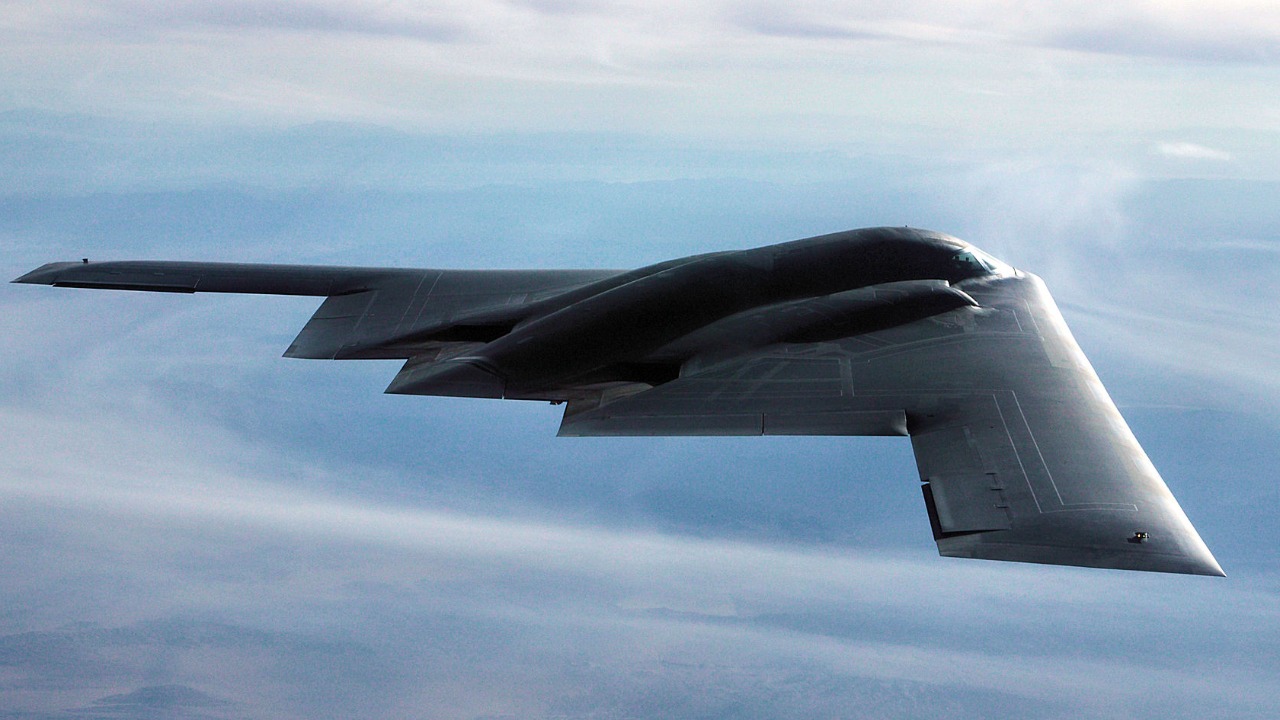
As modern warfare evolves, the reliance on sophisticated command and control (C2) technologies becomes increasingly critical, particularly in the execution of stealth airstrikes. These intricate networks are pivotal in coordinating complex missions while maintaining the element of surprise and minimizing collateral damage. By leveraging advanced communication and data processing technologies, C2 systems ensure precision and efficiency in military operations.
The Evolution of Command & Control Systems

Command and control systems have significantly evolved since their inception, marked by milestones that reflect the changing dynamics of military strategy. Initially, these systems were rudimentary, focusing primarily on basic communication and coordination. However, with the advent of advanced electronics and digital communication, C2 systems have undergone a transformation. Key breakthroughs, such as the introduction of satellite communications and real-time data processing, have paved the way for more sophisticated operations.
Incorporating modern warfare tactics, contemporary C2 systems are seamlessly integrated into various military operations. Their role is particularly emphasized in stealth missions, where the need for precise coordination and timing is paramount. These systems enable commanders to manage complex operations, ensuring that every element is synchronized to achieve strategic objectives while remaining undetected.
Technological advancements in C2 have been remarkable, with significant improvements in communication, data processing, and decision-making capabilities. Innovations such as artificial intelligence and machine learning are now being utilized to enhance the efficiency and effectiveness of these systems, allowing for more nuanced and informed decision-making processes.
Key Components of C2 Networks
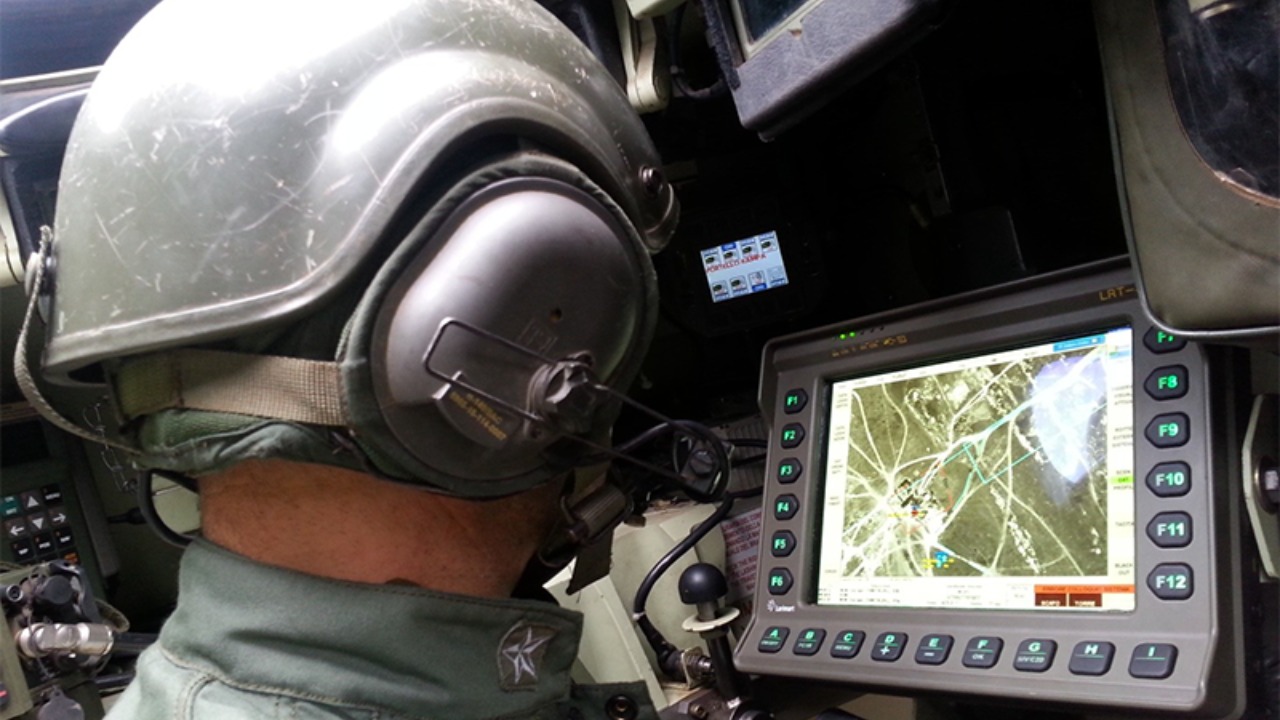
Communication systems are at the heart of C2 networks, providing the necessary infrastructure for real-time information exchange. At installations like Kirtland Air Force Base, cutting-edge communication tools are implemented to ensure seamless connectivity. These systems enable secure and reliable communication between various military units, facilitating coordinated efforts during operations.
Data management and analysis play a crucial role in the functionality of C2 networks. The ability to gather, process, and analyze vast amounts of data is essential for informed strategic decision-making. Advanced data analytics tools are employed to interpret this data, providing commanders with actionable insights that drive mission success.
The importance of cybersecurity in safeguarding C2 networks cannot be overstated. Protecting these systems from potential threats is vital to maintaining the integrity of mission-critical information. Robust cybersecurity measures are in place to defend against cyberattacks, ensuring that C2 networks remain secure and operational.
Coordinating Stealth Airstrikes
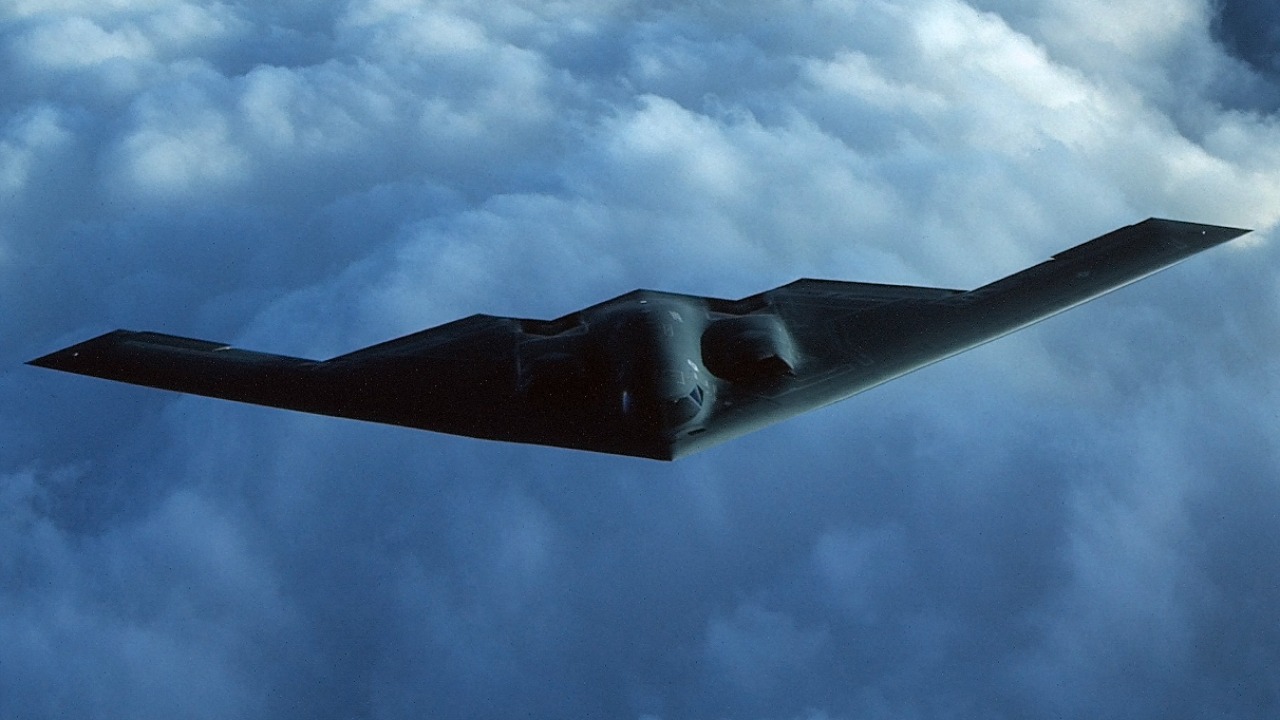
Operational planning and execution of stealth airstrikes involve meticulous coordination between various elements of C2 systems. This includes detailed planning phases where objectives are set, resources allocated, and strategies developed to achieve mission goals. The integration of different C2 components ensures that all units involved in the operation are aligned and prepared for execution.
Real-time decision-making is a critical aspect of stealth missions, with C2 technologies enabling rapid responses to dynamic situations. These systems provide commanders with up-to-date information, allowing them to make quick adjustments to tactics as circumstances change. The ability to adapt swiftly is crucial in maintaining the element of surprise and achieving mission objectives.
Minimizing collateral damage is a key consideration in the planning and execution of airstrikes. C2 networks employ advanced precision targeting technologies to ensure that strikes are accurate and confined to intended targets. This precision not only enhances mission effectiveness but also reduces the risk of unintended consequences, aligning with broader strategic objectives.
Challenges and Future Directions
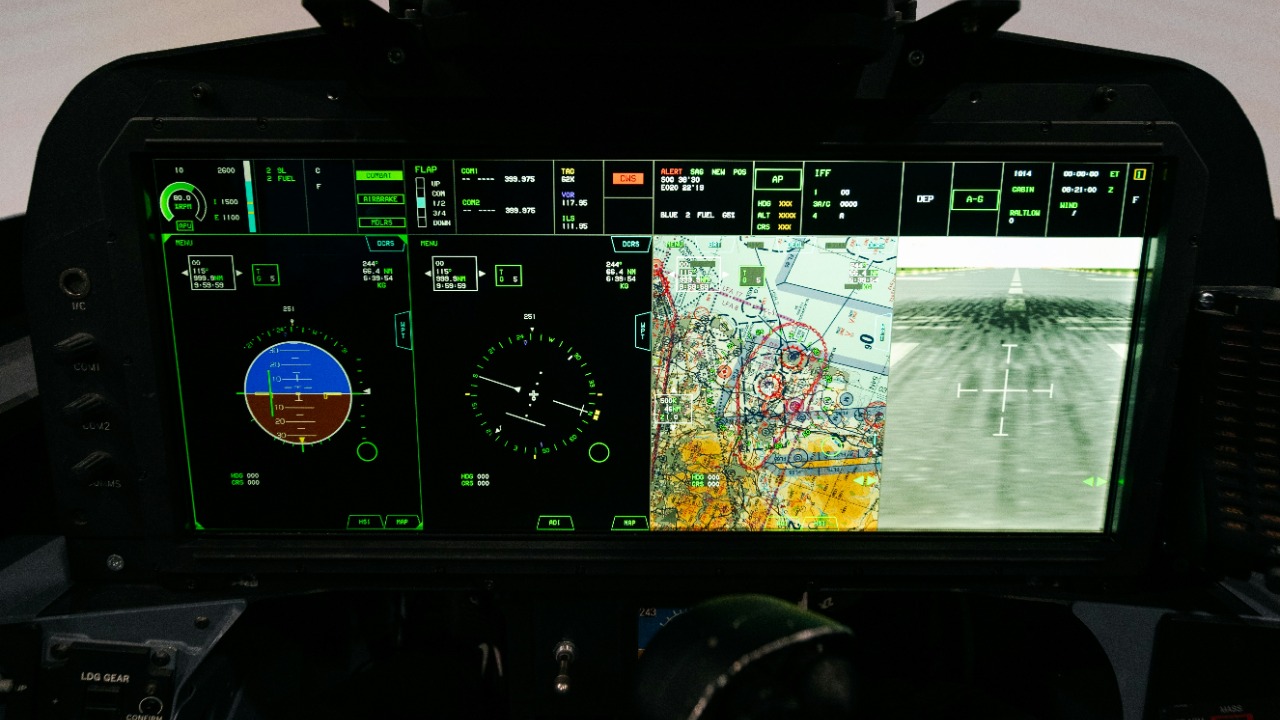
Despite their advancements, current C2 systems face technological limitations that must be addressed. Challenges such as bandwidth constraints, latency issues, and the need for improved interoperability among systems are ongoing areas of focus. Continued research and development efforts aim to overcome these limitations and enhance the capabilities of C2 networks.
Adapting to emerging threats is essential for maintaining strategic superiority. As adversaries develop new tactics and technologies, C2 systems must evolve to counter these challenges effectively. This requires continuous innovation and the integration of cutting-edge technologies to stay ahead of potential threats.
Looking to the future, C2 systems are poised for further evolution, particularly in their application to stealth operations. Developments in areas such as autonomous systems, enhanced data analytics, and artificial intelligence hold the potential to revolutionize how military operations are conducted. These advancements will likely shape the future landscape of warfare, with significant implications for stealth airstrikes.
Collaborative Efforts and International Implications
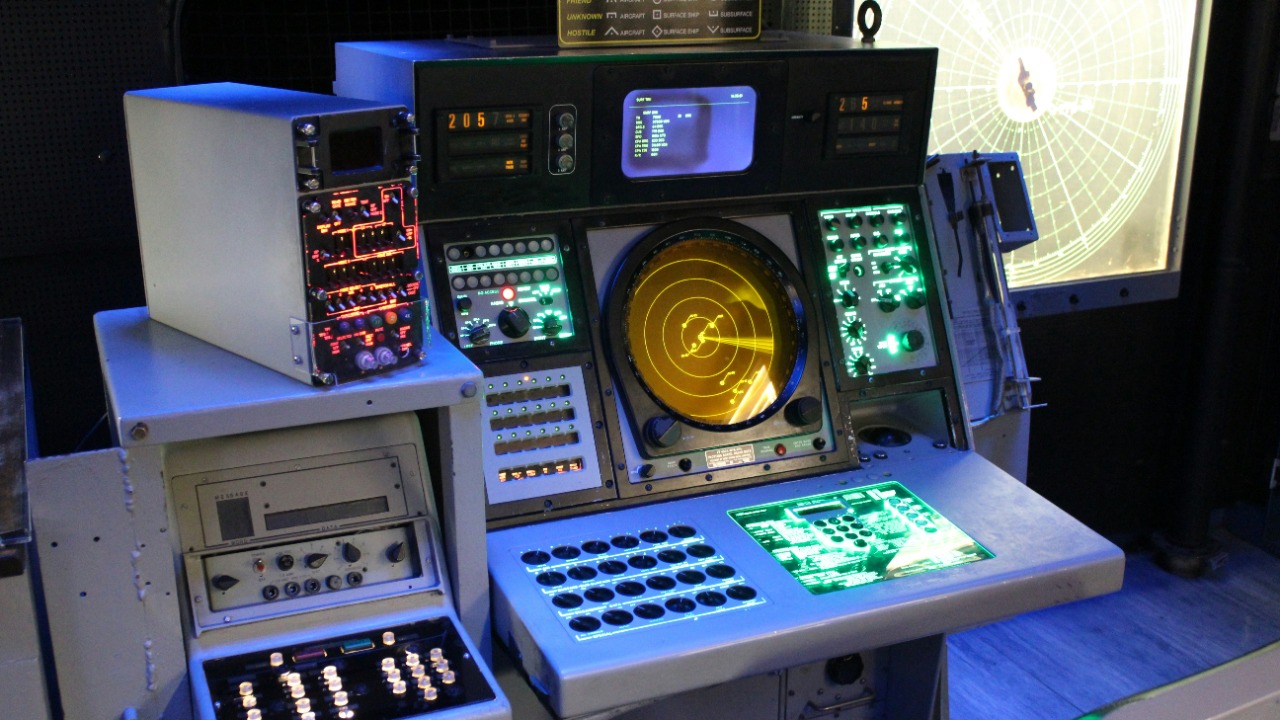
The role of international collaboration in enhancing C2 capabilities is increasingly important. Joint operations and interoperability among allied forces are crucial for effective military operations. By working together, nations can leverage shared resources and expertise to strengthen their C2 networks, ensuring a coordinated and unified approach to global security.
Advanced C2 technologies have significant implications for global security, raising important ethical considerations regarding their use in military operations. The potential for these systems to impact civilian populations and alter geopolitical dynamics necessitates careful consideration and responsible deployment. Ethical frameworks and international regulations play a crucial role in guiding the development and use of C2 technologies.
Policy and regulation are key factors in shaping the development and deployment of C2 systems. International policies must balance the need for security with the ethical considerations of military technology use. As C2 systems continue to evolve, regulatory frameworks will need to adapt to ensure their responsible and effective use in shaping the future of warfare.